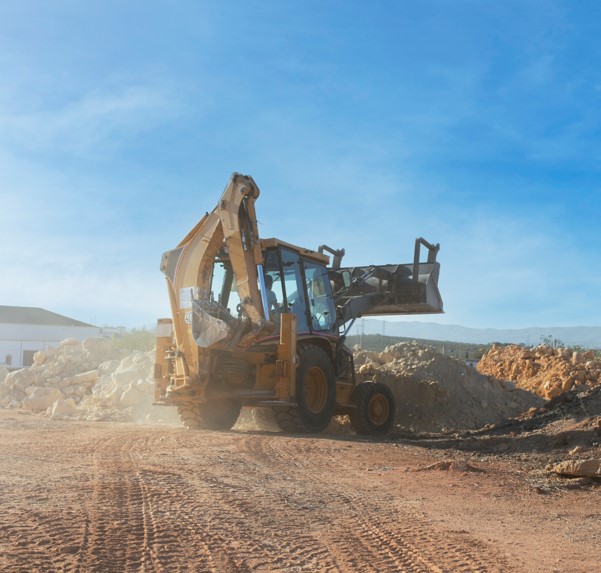The mining industry has long been one of the most hazardous professions in the world. Over the decades, the Mine Safety and Health Administration (MSHA) has evolved significantly to address the changing needs of miners and mining operations. From its origins as a response to devastating tragedies to its current role in addressing emerging risks, MSHA’s journey reflects its unwavering commitment to improving mine safety and health.
The Origins of MSHA: A Response to Mining Tragedies
MSHA’s story begins in the early 20th century when mining was fraught with accidents and loss of life. Catastrophic events, such as the Monongah Mining Disaster of 1907, which claimed over 360 lives, highlighted the dire need for federal intervention. These tragedies served as a wake-up call, leading to the passage of the Coal Mine Safety Act of 1910, which laid the groundwork for modern mine safety regulations.
The Early Years: Establishing Standards for Mine Safety
In its early years, the federal government’s role in mine safety was limited to conducting inspections and issuing reports. However, the lack of enforcement powers meant that unsafe practices often continued unchecked. The Federal Coal Mine Safety Act of 1952 was a turning point, granting inspectors the authority to shut down mines that posed imminent dangers to workers. This marked the beginning of MSHA’s efforts to establish enforceable standards for the industry.
MSHA’s Role in the 1970s: Strengthening Regulations and Oversight
The 1970s were a transformative decade for mine safety, largely due to the passage of the Federal Mine Safety and Health Act of 1977. This legislation unified coal and metal/nonmetal mining safety under a single agency—MSHA—granting it greater enforcement powers and resources. The act also emphasized the importance of miner training and health protections, setting the stage for more comprehensive safety measures in the years to come.
Advancements in Technology: How MSHA Adapted to New Mining Practices
As mining technology advanced, so did the risks. MSHA recognized the need to adapt its policies to keep pace with innovations such as automated equipment and sophisticated drilling techniques. The administration introduced guidelines for the safe use of technology and encouraged the adoption of monitoring systems to track air quality, equipment performance, and other critical safety factors in real-time.
Evolving Safety Standards: Major Policy Changes Over the Decades
MSHA has continuously revised its safety standards to address emerging challenges. Key milestones include:
- The Respiratory Protection Standard (1980s): Focused on reducing exposure to harmful dust and gases.
- The Dust Rule (2014): Implemented stricter limits on respirable coal dust to combat black lung disease.
- Silica Exposure Regulations (2019): Targeted the dangers of prolonged exposure to crystalline silica.
These updates demonstrate MSHA’s commitment to addressing both traditional and modern hazards in the mining industry.
MSHA’s Enforcement Powers: A Growing Focus on Compliance
Over the years, MSHA’s enforcement powers have expanded significantly. The agency conducts thousands of inspections annually, ensuring mines comply with federal safety standards. Penalties for violations, including fines and operational shutdowns, have become more stringent, underscoring the importance of compliance.

The Impact of Major Mining Disasters on MSHA’s Approach
Tragic events like the Sago Mine Disaster (2006) and the Upper Big Branch Mine Explosion (2010) have profoundly shaped MSHA’s policies. In response to these incidents, MSHA:
- Increased the frequency of inspections in high-risk mines.
- Mandated the use of improved emergency communication and tracking systems.
- Enhanced training programs for miners and supervisors to ensure preparedness in emergencies.
These disasters underscored the importance of proactive measures and constant vigilance in mine safety.
MSHA Today: Addressing Emerging Risks and Modern Challenges
Today, MSHA faces new challenges, including climate change, renewable energy transitions, and the mental health of miners. The agency has broadened its focus to include issues like:
- Mental Health: Recognizing the psychological toll of mining, MSHA is promoting mental health awareness and resources.
- Climate Resilience: Preparing mines for extreme weather events and their impact on operations.
- Green Technologies: Addressing the safety implications of extracting materials critical to renewable energy technologies, such as lithium and rare earth metals.
By addressing these modern challenges, MSHA ensures its relevance in a rapidly evolving industry.
MSHA’s Impact on the Mining Industry
MSHA’s work has had a profound impact on the mining industry, contributing to significant reductions in fatalities, injuries, and occupational illnesses. For example:
- The number of mining fatalities dropped from over 2,000 annually in the early 1900s to fewer than 30 in recent years.
- Increased awareness and enforcement of safety protocols have created a culture of accountability and prevention.
MSHA’s efforts not only save lives but also improve the overall efficiency and sustainability of mining operations.
The Future of MSHA: What’s Next for Mine Safety?
Looking ahead, MSHA is poised to further integrate technology into its safety programs. Innovations like AI-driven monitoring systems, predictive analytics, and wearable safety devices have the potential to revolutionize mine safety. Additionally, MSHA is likely to continue its focus on sustainability, ensuring that mining practices align with global environmental goals while maintaining worker safety.
Reflecting on MSHA’s Legacy
From its humble beginnings to its current role as a global leader in mine safety, MSHA has made remarkable strides in protecting miners. Its ability to adapt to new challenges and technologies while remaining steadfast in its mission underscores its enduring importance. As the mining industry evolves, MSHA will undoubtedly continue to play a critical role in shaping a safer, healthier future for all miners.

